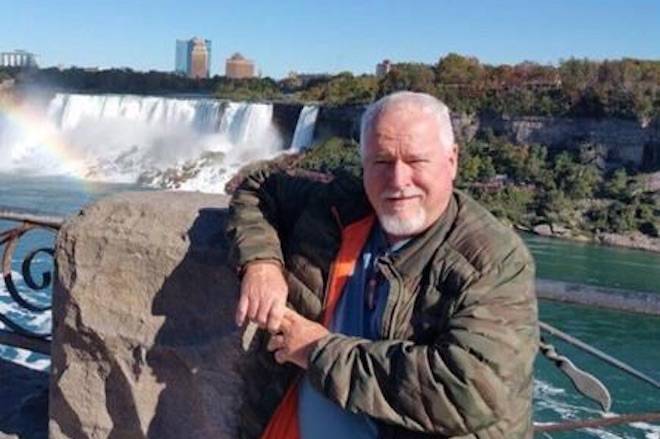A veteran detective leading the investigation into alleged serial killer Bruce McArthur said Wednesday that in the course of his work on the case he came across “concerning” information that has now triggered an internal police probe.
Det. Sgt. Hank Idsinga wouldn’t provide further details, but said he became aware of the information after reviewing two previous police investigations into five missing men from Toronto’s gay village.
“I saw something I felt needed to be investigated further,” he said in an interview.
Last week, Idsinga prepared a report with his findings and sent it to the force’s professional standards unit.
“I think you should take a look at this because we’re accountable for what we do,” he said he told the internal investigators.
“I’m not the one to decide whether mistakes are made or not, but I think it’s something that certainly needs to be investigated. It was concerning.”
Related: Alleged Toronto serial killer buried dismembered victims’ remains in planter boxes: Cops
Police spokesman Meaghan Gray said the force’s professional standards unit launched the internal investigation on Monday, but she also declined to discuss the nature of the information that prompted the probe.
Two sources with knowledge of the case, but who did not want their names used because they were not authorized to speak publicly, told The Canadian Press that the “concerning” information was linked to a police interview with McArthur years ago for an unrelated incident.
The sources stressed it had nothing to do with the missing men, but they said Idsinga and his team didn’t know about the McArthur interview until some time after they arrested him on Jan. 18, 2018 when they charged him with two counts of first-degree murder.
McArthur, a 66-year-old self-employed landscaper, has since been charged with four more counts of first-degree murder. All six alleged victims had ties to the city’s gay village.
Members of the city’s LGBTQ community have complained for years that police were ignoring their concerns about a possible serial killer on the loose. Late last year, Toronto police assured the community that there was no known link between the different missing person cases.
Gray said police were aware of the concerns and willing to work with the community to find solutions.
“We know this information will be disappointing to some members of the community,” she said in a statement. “In addition to listening to their concerns, we have always said we are open to a public inquiry into these investigations and Chief (Mark) Saunders has already taken steps to consider what areas can be reviewed right now, during the ongoing investigation.”
Related: Seventh set of remains linked to alleged Toronto serial killer Bruce McArthur
Police have recovered the remains of seven people from planter pots found at a home in midtown Toronto where the 66-year-old self-employed landscaper stored equipment.
Over the years police have launched two projects into the disappearance of men from the gay village.
The first police probe — named Project Houston — was launched in 2012 to investigate the disappearance of three men: Skandaraj Navaratnam, 40, Majeed Kayhan, 58, and Abdulbasir Faizi, 42.
Idsinga said he became involved with that project when police found some evidence suggesting that Navaratnam “had met with foul play.” The investigation involved looking into “online cannibalism groups,” he said.
“We essentially investigated that to determine if it was reality or fantasy — we determined it was fantasy,” he said.
By 2014, police had closed Project Houston, saying none of their findings would classify anyone as a suspect of a criminal offence.
“There was nothing pointing to McArthur at that time,” Idsinga said.
In August 2017, police launched Project Prism, which looked into the disappearances of two men from Toronto’s gay village — Andrew Kinsman, 48, and Selim Esen, 44.
At some point between those two projects, sources said, police interviewed McArthur for an unrelated incident, but homicide detectives involved in the latest investigation, which led to McArthur’s arrest, didn’t find out about that interview until recently.
McArthur popped up onto police radar in the fall of 2017 as part of Project Prism, which has now turned into a murder investigation, Idsinga said.
“It’s not until November that we find some evidence that leads us to believe Andrew Kinsman may have met with foul play and Bruce McArthur is a suspect in whatever offence has been committed against Andrew Kinsman,” Idsinga said.
“It’s Jan. 17 where we find some evidence that not only are Andrew Kinsman and Selim Esen dead and murdered, but that Bruce McArthur is a suspect in those murders.”
Police have since charged McArthur with murder in the deaths of Kinsman, Esen, Kayhan, Navaratnam, Dean Lisowick and Soroush Mahmudi.
The Canadian Press



